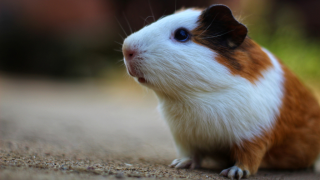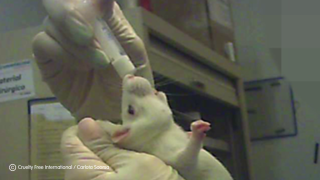Latest statistics show the number of animals used in Swiss laboratories has risen to over 606,000 animals
The Federal Food Safety and Veterinary Office has revealed a 2.8% increase in 2014 on the number of animals used in 2013. The rise is attributed to an increase in behavioural studies on chickens and other domesticated birds and fish.
Nearly half the animals were used for basic research purposes at universities and hospitals. There was almost a fourfold increase in the number of animals used for medical diagnostics. An around 2% of the total animals used were subject to severe experiments.
The harmful use of animals in experiments is not only cruel but also often ineffective. Animals do not get many of the human diseases that people do. Instead, signs of these diseases are artificially induced in animals in laboratories in an attempt to mimic the human disease.
Last week, the Swiss government called for a reduction in the number of animal experiments and encouraged the use of alternatives.
Katy Taylor, Cruelty Free International Director of Science said: “Alternatives to animal tests are often cheaper, quicker and more effective. Replacing animal tests does not mean putting human patients at risk or halting medical progress. Instead, it will improve the quality as well as the humaneness of our science.”
The latest figures show that in 2011, almost 11.5 million animals were used in experiments across Europe, only a slight decrease on 2008.











